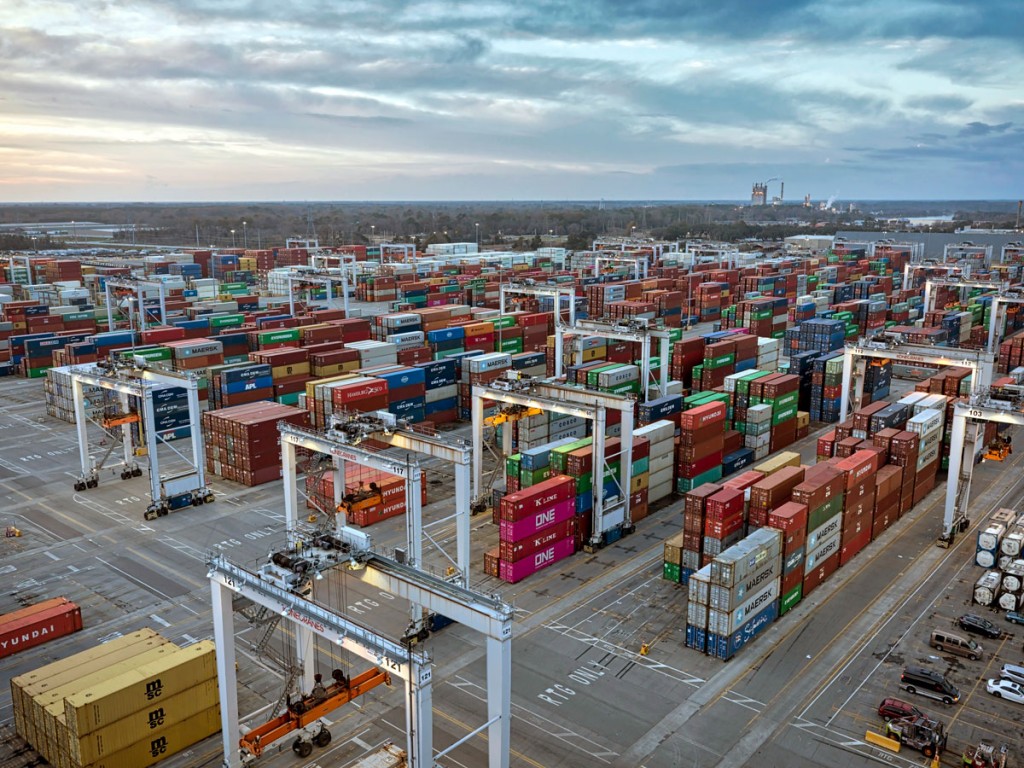Page 1: Pursuit
Page 2: ‘Savannah Model’ Pioneered
Page 4: Expansions Move Forward
While honoring its illustrious 75-year history, the Georgia Ports Authority is strategically pursuing a still-brighter future as leadership partners with industry in building upon the often-imitated “Savannah model” for developing dynamic cargo flows.
Whereas Savannah and Brunswick, Georgia’s deepwater ports, had a long history of global trade even before the authority’s creation, the GPA was established by the state in 1945, during the economic flourish initiated as World War II was drawing to a close.
The GPA owns two Savannah terminals – its headquarters in Garden City, acquired in 1948 through the purchase of the former U.S. Quartermaster Depot, and Ocean Terminal, purchased in 1958 from the Central of Georgia Railway.

Savannah is now the third-busiest container gateway in the United States, moving more than 4.5 million TEUs per year, and port leaders say expansion plans will continue to encourage and accommodate economic growth for decades into the future.
Similarly, the Port of Brunswick is poised to grow to handle additional imports and exports of vehicles and heavy equipment. GPA’s Brunswick facilities include Mayor’s Point (1959), Colonel’s Island (1962) and East River (1982).
During the fiscal year ended June 30, 2019, nearly 614,000 vehicles moved through the three berths of Colonel’s Island Terminal at the Port of Brunswick. GPA has permits to build a fourth berth to support expansion onto more than 400 acres on the south side of the island that are already permitted for development.
The former bulk cargo facility on Colonel’s Island has been replaced with 61 acres for additional parking of vehicles and other roll-on/roll-off cargos. Also on Colonel’s Island, 55 acres have been designated for a future rail yard with parking slots for vehicles. The design has been completed to include the capacity to handle unit trains.





